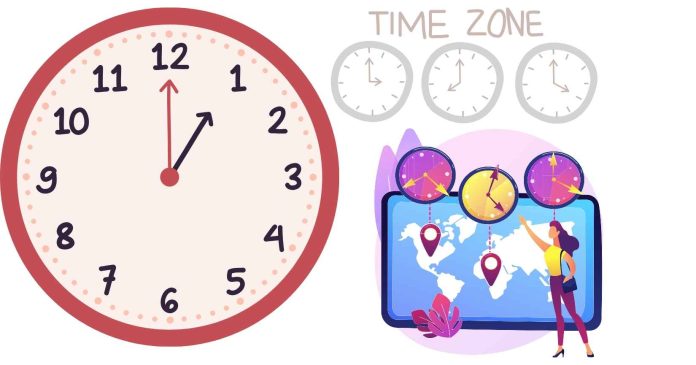Time zones can often cause confusion, especially when coordinating activities across regions. In the United States, the Central Time Zone (CT) and the Eastern Time Zone (ET) are two adjacent zones that follow a one-hour time difference. This article will explain how to convert 1 o’clock Central Time to Eastern Time and provide useful tips for time zone conversions.
Understanding Central and Eastern Time Zones
The Central Time Zone (CT) and the Eastern Time Zone (ET) are part of the six primary time zones in the United States. Here’s a quick overview of their differences:
- Central Time Zone (CT): This zone is one hour behind the Eastern Time Zone. It is commonly used in states like Texas, Illinois, and Minnesota.
- Eastern Time Zone (ET): This zone is one hour ahead of Central Time. It is observed in states like New York, Florida, and Georgia.
The time difference means that for every given hour in Central Time, it is one hour later in Eastern Time.
Converting 1 O’clock Central Time to Eastern Time
To convert 1 o’clock Central Time to Eastern Time, simply add one hour.
- 1:00 PM Central Time → 2:00 PM Eastern Time
- 1:00 AM Central Time → 2:00 AM Eastern Time
This rule applies whether it is standard time (CST/EST) or daylight saving time (CDT/EDT). Both zones shift together during daylight saving time, maintaining the one-hour difference year-round.
Why is There a Time Difference?
The time difference exists because of Earth’s rotation and the need to divide the world into 24 time zones. Each zone represents roughly 15 degrees of longitude, creating one-hour intervals. Since the Eastern Time Zone is geographically east of the Central Time Zone, it experiences sunrise and sunset earlier, resulting in the one-hour time difference.
Tips for Managing Time Zone Conversions
- Use Technology: Tools like smartphone clocks, world clock apps, and online time zone converters can quickly help you determine time differences.
- Account for Daylight Saving Time: In the U.S., daylight saving time begins in March and ends in November. Be mindful of this when converting times.
- Plan Ahead for Communication: When scheduling meetings or events, clearly state the time zone to avoid confusion (e.g., “1 PM CT / 2 PM ET”).
- Use Abbreviations Wisely: Use CST/EST for standard time and CDT/EDT for daylight saving time to specify the exact time zone.
When converting 1 o’clock Central Time to the Eastern Time Zone, simply add one hour. Whether it’s 1:00 AM or 1:00 PM CT, the equivalent time in ET will be 2:00 AM or 2:00 PM, respectively. By understanding time zone differences and using helpful tools, managing time across zones becomes much easier.
If you frequently work or communicate across time zones, keeping this simple conversion in mind can save you from scheduling mishaps.


